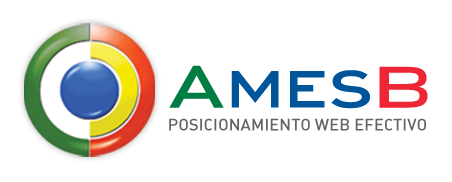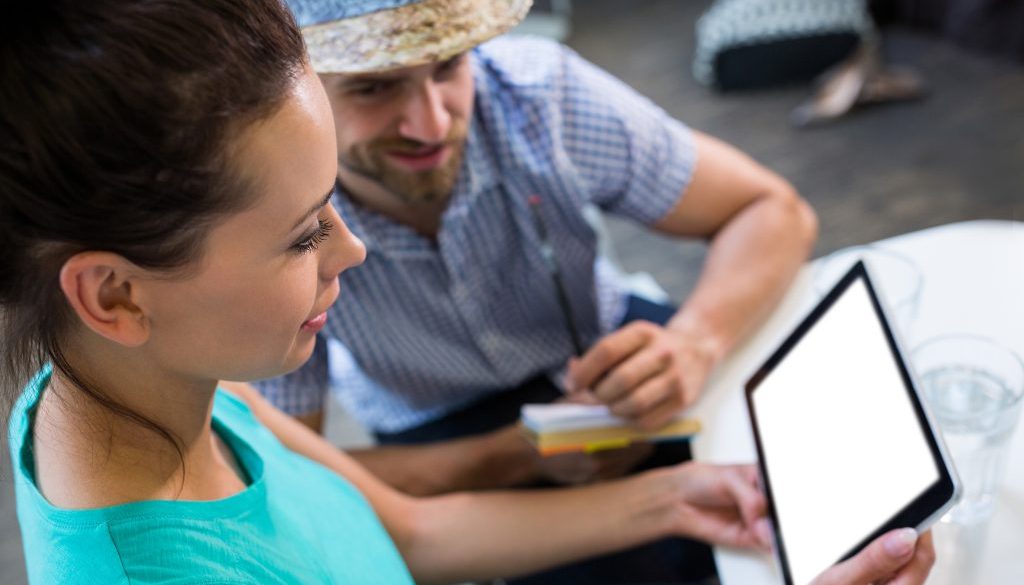Seo of images in 2025: how Google discover, index and visually power your website
The images are not only visual elements; In 2025, they have become fundamental tools to capture traffic, improve user experience and position yourself better on Google. Google can show images from blogs, informative media, image banks, and even content generated by AI. It also recognizes a wide variety of compatible formats such as JPEG, PNG, GIF, BMP, SVG, Webp and Avif.
In this article we deepen how the SEO of images works, what practices you should follow to optimize them correctly, and why it is important for your digital strategy.

1. How does Google play the images on your website?
When you do a search like "Macarrones", Google understands that you are looking for images of that dish, not any type of pasta. This success is based on the contextual analysis that the search engine performs:
-
Check the content of the site, headed, text, title and meta description.
-
Examine the name of the file, the attribute
altAnd the photo foot. -
Associate the image to the correct thematic context.
2. Improves indexation using image sitemaps
Send a Image sitemap It is an effective way to indicate to Google what images should trace and index. This is especially useful for images:
- Hidden behind scripts.
- Used in Javascript galleries or complex CMS.
- Housed in a CDN.
This ensures that Google (Search and Search-Images) bots detect your images even if their location is not obvious.
3. Recommended Google practices for SEO images
Google maintains an official updated guide on good practices for SEO of images. Here I leave you Some keys:
- Use standard HTML labels to facilitate your tracking. Avoid loading images using CSS styles.
- Implement images responsive with
<picture>Ysrcset, making sure to provide asrcof support for browsers that do not support these attributes. - Includes structured data so that your images can appear as Rich Results in Google Images: Enriching snippets improve visibility.
- Use optimal web formats, such as webp or avif, to guarantee speed and quality.
4. Keep URLs of consistent images
In 2025, Google prioritizes coherence in image URLs. If you constantly change the links without control, Google will interpret each image as a new one, losing the previous relevance and affecting your positioning.
Recommendations:
- Define a clear structure and avoid rename images once indexed.
- If it is necessary to move or rename, use 301 redirections to preserve your SEO history.
5. Comprehensive optimization: name, alt, titles and more
These elements help Google understand the content:
- file name: Includes keywords and description.
- Alternative text (
alt): Brief accessible and relevant description, without overstimizing. - Title and Captation: They reinforce the meaning within the context of the page.
- Make sure the image is close to the relevant text to reinforce your semantic relationship.
6. Visual quality and technical performance cause SEO impact
In 2025, Google prioritizes crisp and fast images. Blurred or too heavy images affect user experience, which ends up negatively impacting positioning.
So:
- Optimize size without losing quality (use tools like Tinypng, etc.).
- Apply efficient responsive and preload techniques.
- Ensures that the images do not slow the load (Core web life matters).
7. The visual scope grows: Instagram is already indexed
One of the most important novelties of 2025 is that Google will begin to index Instagram content (Publications, Reels, Carouseles) As of July 10.
This means that:
- Instagram images and videos may appear in search results.
- The dynamic visual content begins to compete with textual content.
- Integrating coherent and optimized images in social networks can enhance your SEO.
8. Why is the SEO of images an unmissable asset?
Optimizing images not only improves visibility in Google images, also:
- Increase the CTR and visit your website.
- Improve the user experience.
- Reinforces the semantic relevance of the page.
- It contributes to the general positioning (ON-Page SEO).
In short, it is a key piece within a comprehensive and user -centered positioning strategy.
9. Strategy in 2025: steps to optimize your visual SEO
- Use modern formats (webp/avif).
- Name and describe each image correctly.
- Implements
<img>withsrc,srcset, alt y caption. - STRUCTURE STRUCTURE AND CLEAR URLS.
- Send an image sitemap to Google.
- Apply structured data when relevant.
- Guarantees optimal load times with compression and responsive.
- Align images with relevant text.
- Take advantage of the networks to complement your visual SEO.
The images are no longer simple ornaments: they have become an effective way to attract traffic, tell visual stories and improve your SEO positioning and in Amesb We show you how to do it. Adopting good practices is not optional, it is strategic.
- Google values context, quality, consistency and user experience.
- Formats, sitemaps, metadata and technical performance matter more than ever.
- Now that Google Indexa Instagram content, your visual strategy must focus on the user and comprehensive optimization.
You may also be interested in this article: What is SEO and why is it vital for the online visibility of your business?
Do you want to take your SEO positioning strategy to the next level?
Briefly explain your business and your needs. We will find your solution.

